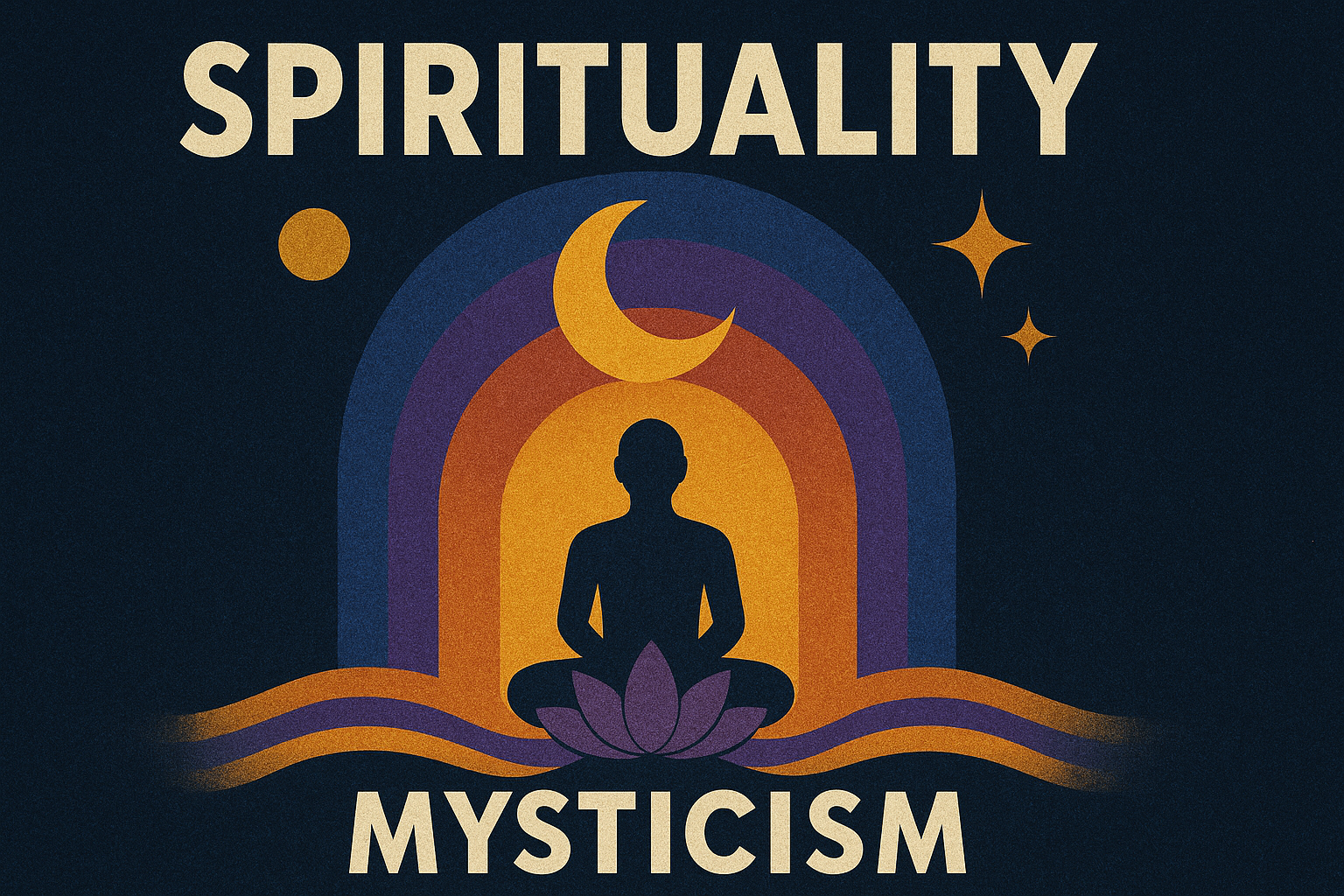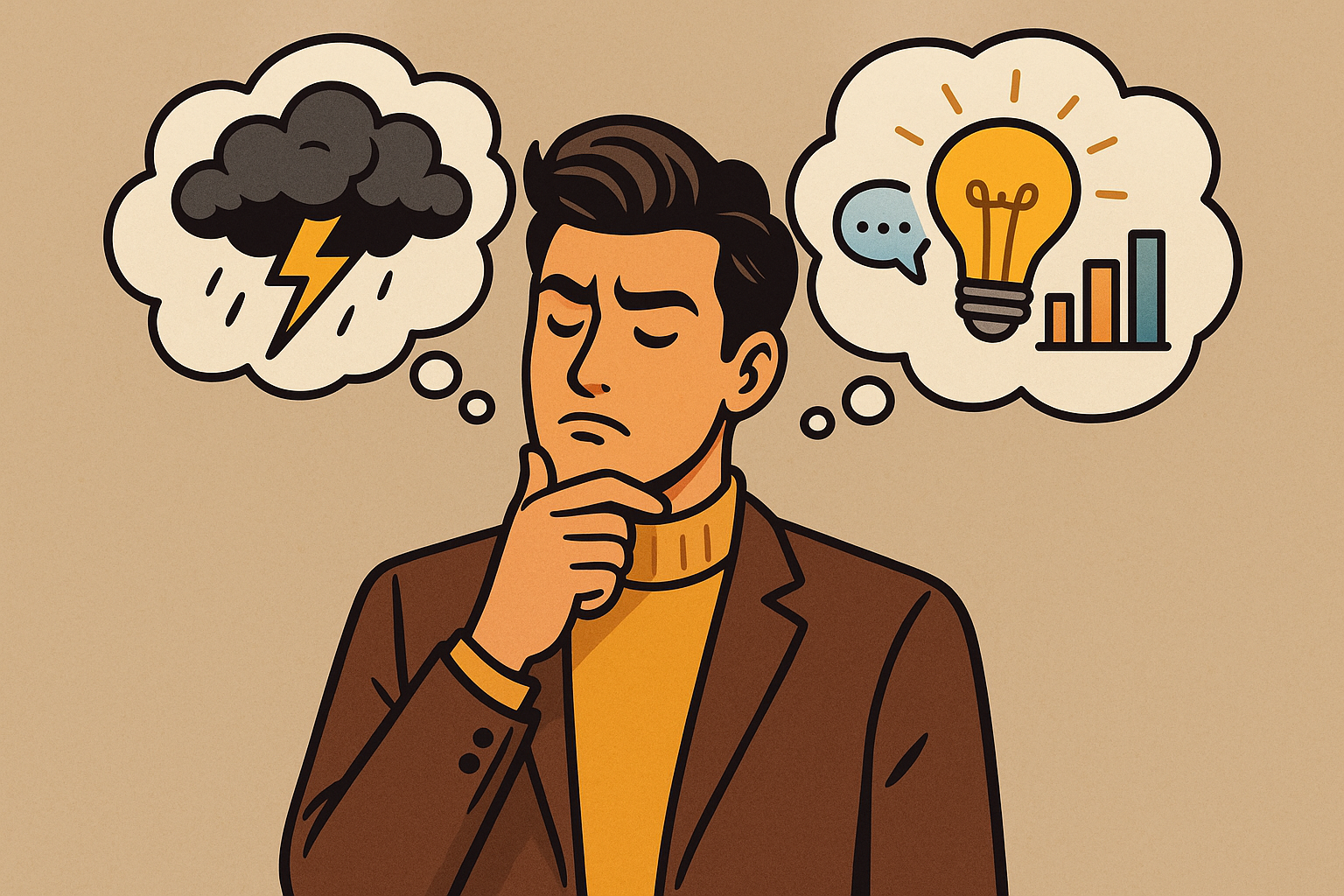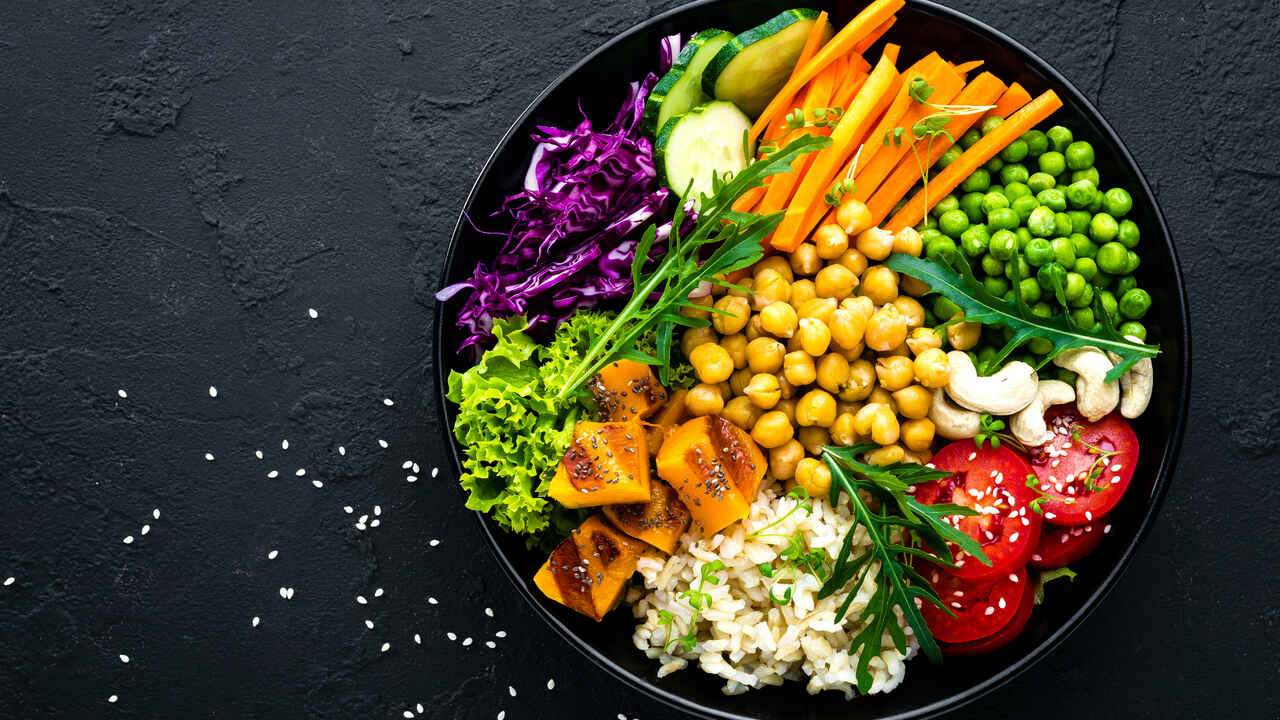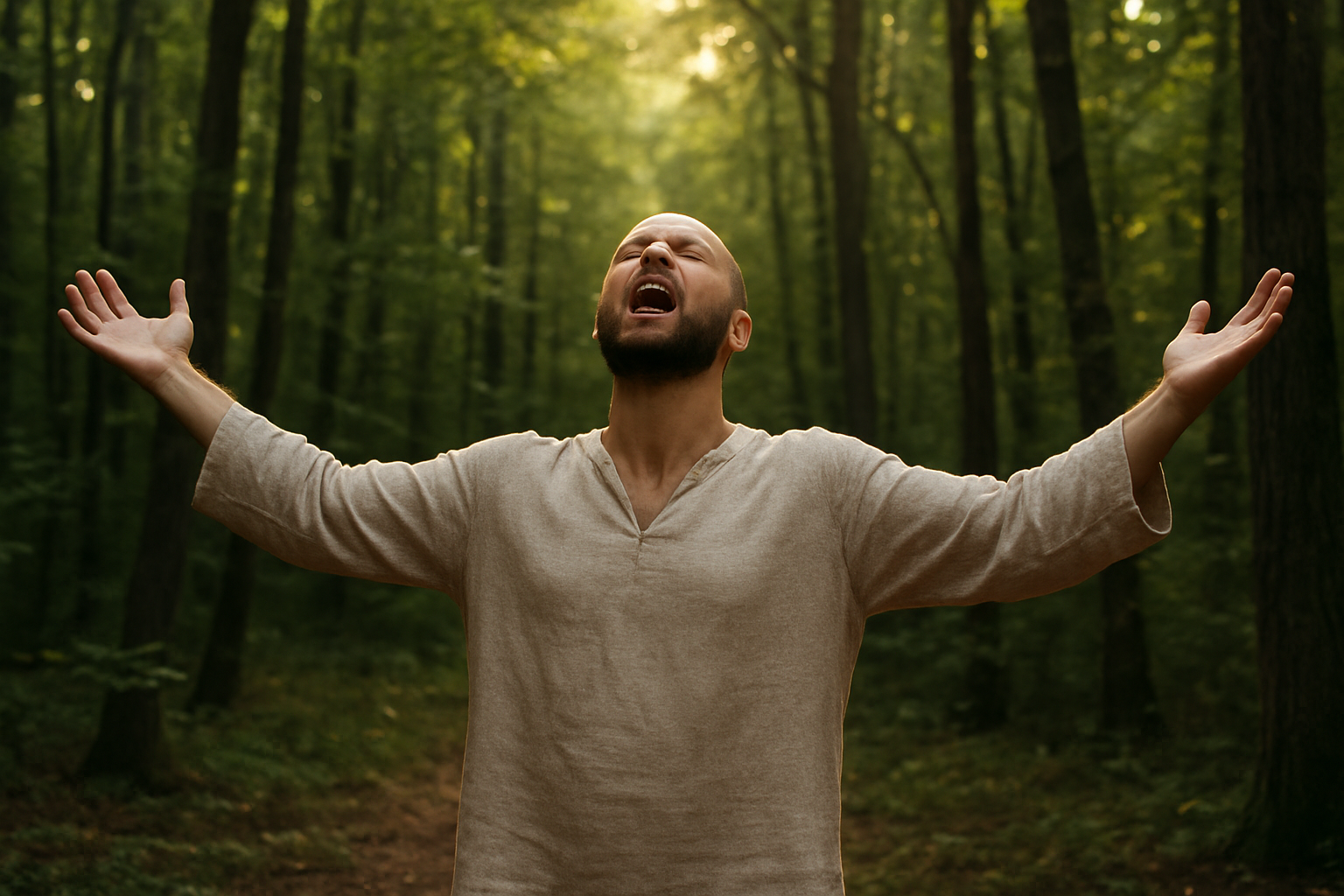One of my favorite listening pastimes while biking is Chris Williamson’s Modern Wisdom podcast. His interests of evolutionary psychology, fitness, dating, communication, and mental health are closely aligned with mine. However, 5-10 percent of the time, he brings on a guest to discuss political ideas and this is where I would start pulling my hair out if I had any left.
This visceral reaction on my part raises some questions. Why do I react like this? Is it simply because most of the political guests are more right-wing than I am? What does this even mean? Should I just not listen to these podcast episodes when they pop up in my feed? Would this refusal be admitting defeat: that I cannot even tolerate listening to a different perspective?
All of these questions are interesting and worth exploring. However, I think the biggest problem is a linguistic one. Specifically, I am referring to the use of words like left, right, liberal, and conservative as useful categorizations in a broad sense. What does it mean to be ‘on the right’ or ‘on the left’? Is there some magical line that distinguishes between the two? Making a ‘center’ option just compounds the problem, because now I have to draw two lines instead of just one.
Also, the idea that one word could even approximately capture an individual’s ideas on foreign policy, healthcare, fiscal policy, and social policy, just seems absurd. Even if it could for a particular person, it would not generalize to a large group of people in any useful way.
Is the solution to just excise words like left, right, liberal, and conservative from our vocabulary? That is one option, but I believe there is a less radical approach that can avoid a lot of the hasty generalization inherent in the usage of these words. Here are a few simple rules that will help:
- Use these words sparingly – When possible, just talk about specific issues and circumvent these broad categorization words entirely. Instead of saying, “The left’s view on healthcare is crazy,” say “I think there are major problems with a universal healthcare system.” Instead of saying, “The right’s immigration policy is barbaric,” say “I believe deporting long-standing residents with no criminal record is wrong.”
⠀ - Only use general words to refer to one specific spectrum or concept – For example, when using the words “left” and “right,” I am only referring to the socialist-capitalist spectrum and nothing else. If this is unclear, I will modify it to economically left and economically right.
⠀
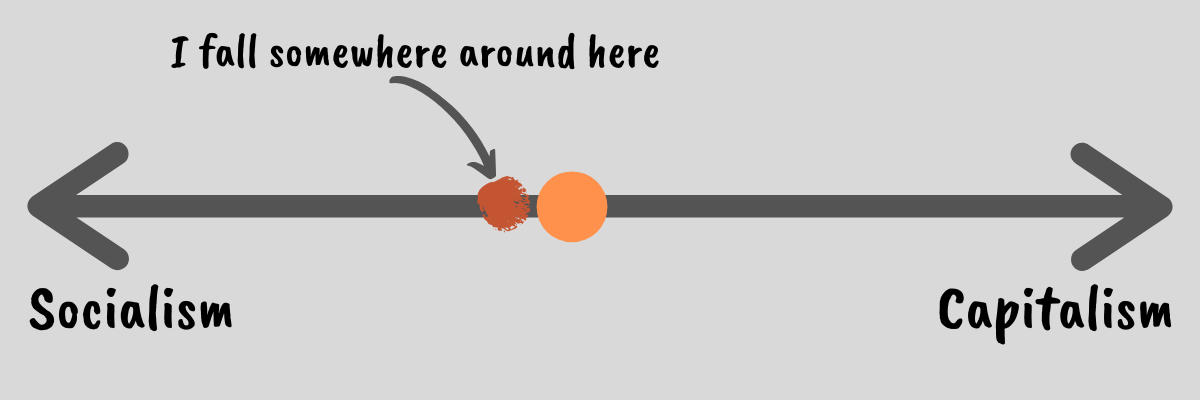
⠀
If using the the terms “liberal” and “conservative,” I will always define in as simple terms as possible what I mean before using them. I’m also happy to completely discard these labels if I feel there is any tension with them in a particular context.
⠀ - Generally refrain from using these words in an objective sense – Instead, use them relatively. For example, “Bernie Sanders is further left than Chuck Schumer.” This avoids the problem of whether Sanders or Schumer are truly ‘on the left.’ I think we can objectively say that Sanders is to the left of Schumer. Alternatively, we could say that Schumer is to the right of Sanders. Both of these communicate the same relative truth.
⠀ - Only apply labels to people that they apply to themselves – A lot of people will initially balk at this rule. “I can’t call him a “fill-in-the-blank” when he clearly is one?” I would say no. What you can do is quote specific things the person supports and let the listener make up their own minds on “what they are.”
⠀
As someone that rarely fits neatly into labels, there definitely is a personal element to this rule. I can experience intense frustration when someone uses a word to describe me that I would not use. Therefore, I am happy to give everyone the same courtesy I would ask for myself.
⠀ - Don’t use the phrase ‘self-described’ – Even with the best of intentions, this easily comes across as patronizing or dismissive. A better alternative is simply “identifies as,” if you don’t feel like using the label a person calls themselves without a qualifier.
Bringing this back to my podcast dilemma, I believe starting those podcasts is a good idea (don’t dismiss them out of hand). If it becomes clear early on that the focus will be on left vs right generalizations, then skip it. On the other hand, if it delves into discussing the pros and cons of specific policies, regardless of whether you see things differently, give it a curious listen.
Walking the line between being selective about what you listen to, while also making sure you are hearing opinions and perspectives radically different from your own, is a tough act. The above are my initial thoughts on navigating these treacherous waters.
Namaste.
